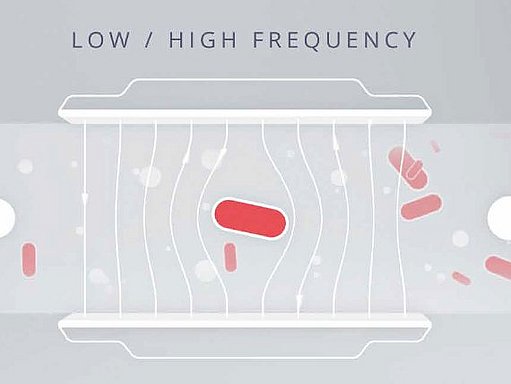Effective process hygiene is essential for ensuring the safety, shelf-life, and overall quality of food products. Food should be produced, processed, handled, and stored in a manner that minimizes the risk of contamination and the growth of undesired microorganisms. Process hygiene is supported by a wide range of activities, such as sanitizing (cleaning and disinfecting) equipment and other surfaces, treating process water, adhering to time/temperature regimes, and accurately following manufacturing procedures. Assessment of process hygiene is carried out through regular monitoring of products and their environment, typically by testing for indicator or spoilage microorganisms. Although testing for protein traces or other food residues is less reliable in assessing microbial risk, the simplicity and rapidity of such assays secure their place in the monitoring toolkit of food companies.
Testing for indicator vs. spoilage microorganisms
Indicator microorganisms serve as a general measure of the microbial status of a food product or its environment. While their presence does not necessarily confirm the presence of specific pathogens, the level of indicator microorganisms can provide risk managers with insight into the overall hygiene level of manufacturing processes and the effectiveness of operational food safety programs. By testing for total counts and/or the number of coliforms and Enterobacteriaceae, which are parameters based on indicator microorganisms, risk managers can better ensure that the manufacturing process is properly controlled. Monitoring programs based on indicator microorganisms aim to assess the sanitary status of processing equipment and environment, verify sanitation, verify process control steps, and assess the risk of post-processing contamination.
Testing for spoilage microorganisms allows manufacturers to be proactive in preventing microbial spoilage instead of reacting to failures after the fact. This is particularly beneficial in addressing facility-specific spoilage microorganisms that are often better adapted to the production controls specific to the facility, or when spoilage occurs sporadically. The selective pressure exerted by factors such as high temperatures or sanitizers can lead to environmental harborage of problematic spoilage microorganisms. Total counts and numbers of yeasts, molds, and lactic acid bacteria are most commonly included in monitoring programs based on spoilage microorganisms.










